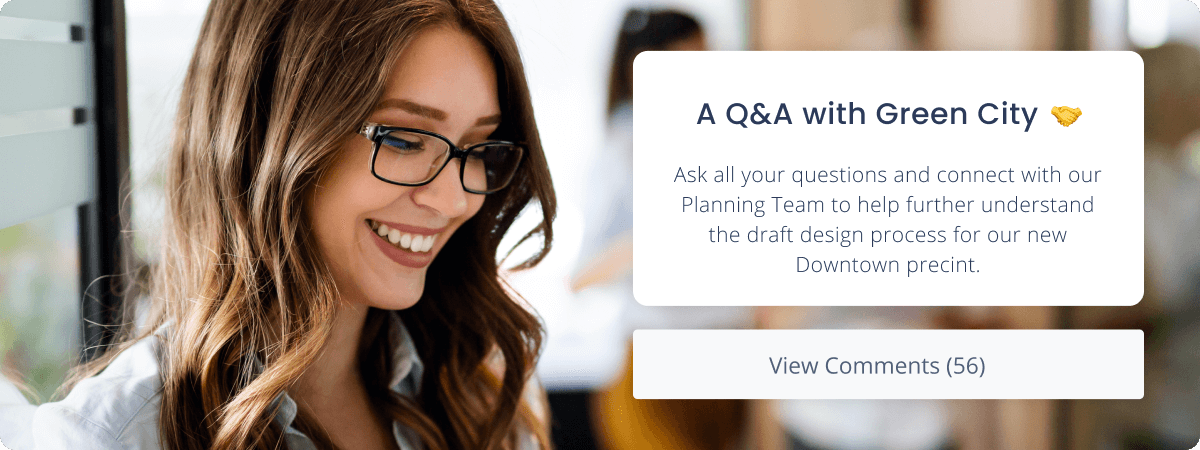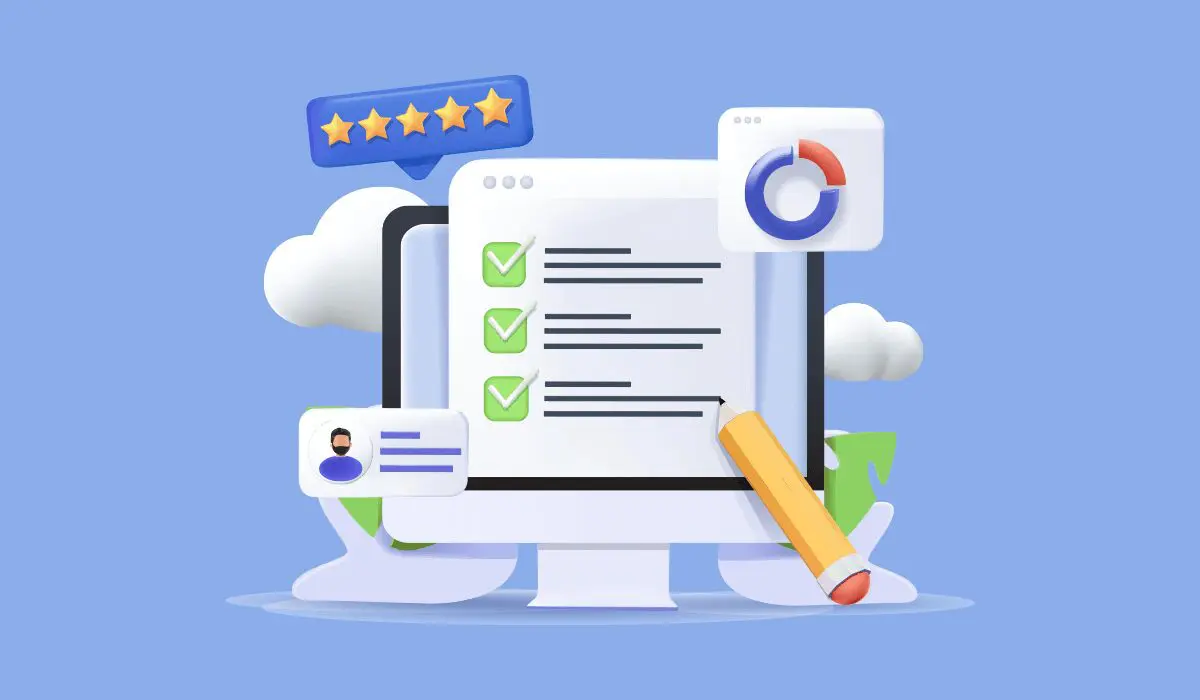It’s no secret that community feedback is valuable. Capturing it is the tricky part. Citizens have their own goals and deadlines, so you need to develop an unbiased feedback model that gives people ample opportunity to share their insights with you.
Interactions between people and the commingling of their ideas are a real source of value. Community feedback helps to solve complex problems that can’t be fixed by one agent and are vital to the success of many decisions, strategies, and initiatives.
Seeking out the perspectives of citizens helps to build collaborative action. However, there are a number of barriers to public participation that need to be overcome as people’s lives generally become more isolated and busy.
In a world that’s speeding up and becoming more connected, we need to be able to create better solutions and inclusive citizen feedback systems that make it easy for community members to offer their input.
With the right feedback mechanism in place, you can tap into the experiences, perspectives, feelings, and problems within your community to codesign a sustainable and equitable future.
Create an online community feedback mechanism.
All of the information and insights you use to make decisions for your community should be trustworthy, credible, rigorous, up to date, and relevant to the social context.
You may be able to tap into existing sources, such as census data, government strategic plans, or previous engagement efforts.
It’s likely that you will need to collect more primary data that paints a clear hyper-local picture of the community’s values and stressors at a given point in time. Civic engagement data can be collected in a variety of ways, such as through discussions with agencies, interviews, workshops, focus groups, storytelling, first-hand testimonies, histories, and community feedback surveys.
However, if you want to scale your citizen feedback model further, then online community feedback tools can be a good complement to in-person engagement methods.

Community feedback software can help you capture ideas and data for civic engagement in a digital space.
Online public participation tools are available 24/7 from anywhere with an internet connection, helping you to overcome many public participation barriers when they’re used the right way.
Before you start extending your data capturing capabilities online, you need to have a clear picture of what information you are trying to gather and the level of influence it will have on your decision-making. By making your intentions clear, you can set the community’s expectations and ensure that you are addressing any power imbalances that might make people feel uncomfortable about providing their honest input.
You can collect community feedback online in a variety of ways, such as through tailored community feedback survey questions, interactive maps, and forums. Each digital feedback avenue can be geared up to gather different types of inputs, spark conversations, and bring people together in unique ways.
Start with purpose.
It’s important to go back to the basics and think about whether you’re trying to inform, educate, involve, collaborate with, or empower your community.
Do you want to develop alternatives and solutions to problems, or are you trying to pool together ideas and community-led aspirations? Perhaps you want to give community members a direct way to prioritize public spending via a participatory budget or voting mechanism.
If you begin with the end goal in mind, you can ensure that you are gathering the right quantitative and qualitative data from your community. Open-ended comments on digital channels can be powerful and emotively driven as they give people the space to tell stories, but you will need to have time to read through the data or analyze sentiment and key themes at scale.

Community feedback forms and surveys can also provide very targeted feedback and gauge community preferences quickly. Just make sure you don’t ask leading questions.
It’s also important that you have created a space where a variety of community members can interact. Otherwise, your data will be heavily biased or skewed, and you won’t hear from certain groups in the community.
Make sure the community is aware of their opportunity to participate.
It’s impossible to gather feedback from citizens if they don’t know how to share it. That’s why it’s so important to identify who your community stakeholders are and send them the right message. Take the time to consider who is in your community, what they think and feel, their pain points, as well as who or what influences them.
When you start to walk in your community’s shoes, it’s far easier to communicate in a way that resonates with what they truly care about. You can contextualize information to help them understand how providing feedback will improve their local future.
It’s important that you use a multichannel promotion plan in order to reach diverse groups of people. You can also tap into community hubs and align with respected community members who can advocate for your engagement initiative.
Remember that citizens have their own goals, agendas, and priorities. They won’t automatically feel like it’s their responsibility to provide share feedback. An effective communications plan will cut through their busy schedules and capture attention with a relevant message.
Show the community that you want to hear from them again.
If you tell people that their feedback is important, then it’s important to constantly report back and provide updates as to how their input is being used.
Firstly, you can use analytics tools and visual charts to draw insights from community data. From there, you can share reports across a variety of relevant communications channels that showcase how you applied the learnings.
Citizens might be skeptical of the questions you are asking or could be uncomfortable providing honest information. So if you constantly report back in a transparent way you can help people trust that they are safe to provide their input. You can showcase that sharing feedback is not a waste of time and that your intentions are not tokenistic.
Everyone wants their voices to be heard and to make a helpful contribution, so closing the loop is a win-win. When you nurture citizen relationships by acknowledging the feedback you have received, you can build trust and responsiveness. Community members will feel like they do have a say in designing a better future, making it easier for you to gather their feedback in the future.

Enhance the community experience.
Online community engagement tools will never replace the emotional impact of gathering feedback face to face. However, they are affordable and widely accessible. Used purposefully, they can become a constant community feedback mechanism and give you a wider view of citizen needs. Once you have more data at your fingertips, you can refine your decision-making capabilities, improve the citizen experience, and enhance public outcomes.












